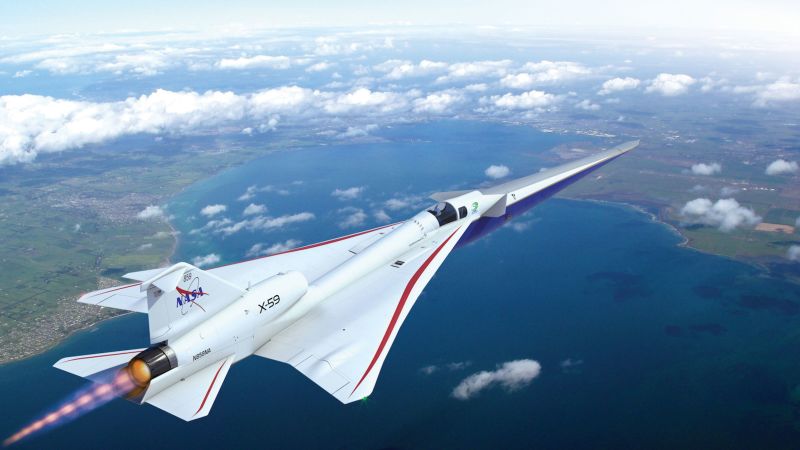In July, Lockheed Martin completed the build of NASA’s X-59 test aircraft, which is designed to turn sonic booms into mere thumps, in the hope of making overland supersonic flight a possibility. Ground tests and a first test flight are planned for later in the year. NASA aims to have enough data to hand over to US regulators in 2027.



I wonder if research into sonic boom physics could translate over to high speed aerodynamics generally, to include the useful models for high speed trains.
Lack of high speed rail isn’t caused by lack of knowledge about how to do it. High speed rail exists in some places, just not the US.
Interesting thought; I’d hope so. Maybe some material physics/chemistry research that makes some stuff cheaper for trains (I’m not an engineer so totally out of my depth here).
Efficient High-speed rails are already possible and have been since the 70s, it’s not a lack of science that stops them from being a thing, it’s a lack of desire from government officials being paid by private interests to do things less efficiently because people are getting paid.